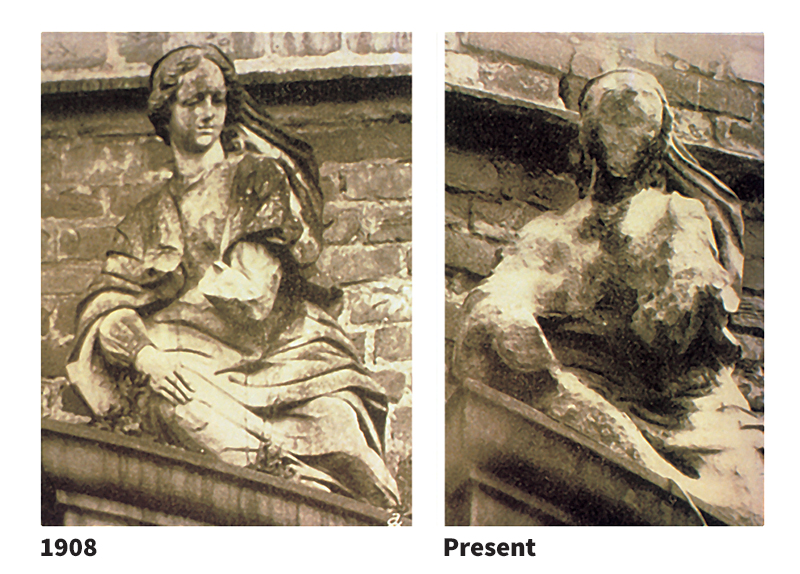Sulfur dioxide is a colorless, poisonous gas with a sharp odor. Sulfur dioxide forms naturally from volcanic activity and from the decay of organic matter. It can be manufactured by burning sulfur or heating metallic sulfur compounds. It is also released into the atmosphere by oil refineries, by some metal smelters, and by factories and electric power plants that burn coal or oil. In the air people breathe, the substance can irritate the eyes and respiratory system. It may also dissolve in water droplets to form acid rain, which can harm or even kill wildlife and damage buildings. Acid rain also may form when sulfur dioxide in the air is converted into sulfur trioxide. Government regulations in the United States limit the amount of sulfur dioxide that industries can discharge into the air.

Manufacturers combine sulfur dioxide with water to make sulfurous acid, which serves as a bleach and as a food preservative. Sulfur dioxide is also used to prepare such chemicals as sulfites and sulfuric acid. The gas becomes liquid under pressure or at a temperature of -10 °C (+14 °F). The liquid is a refrigerant.
